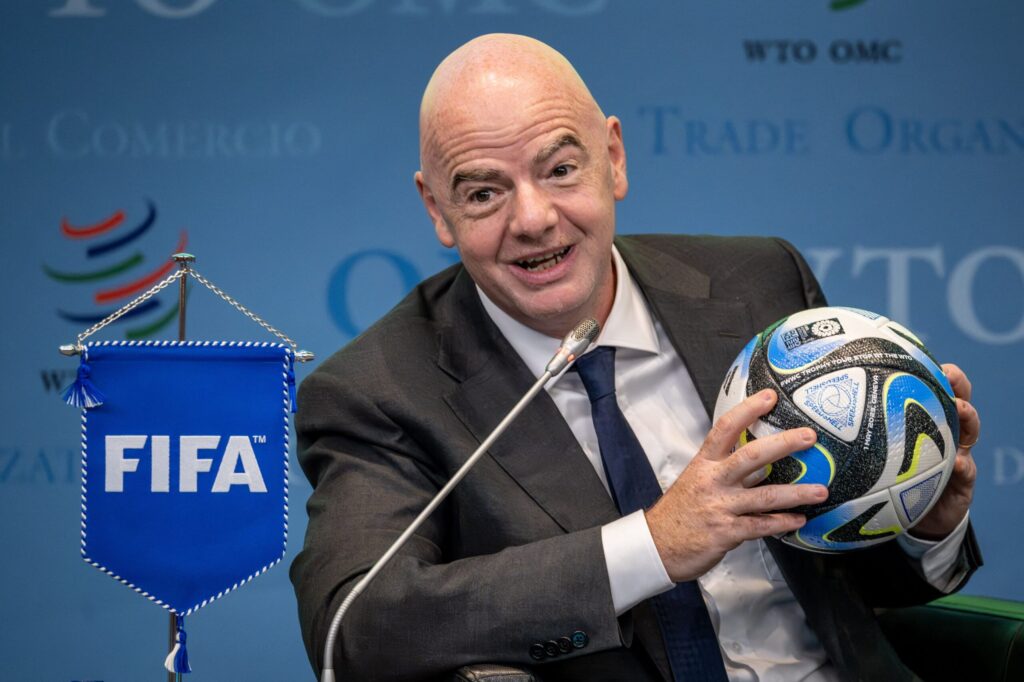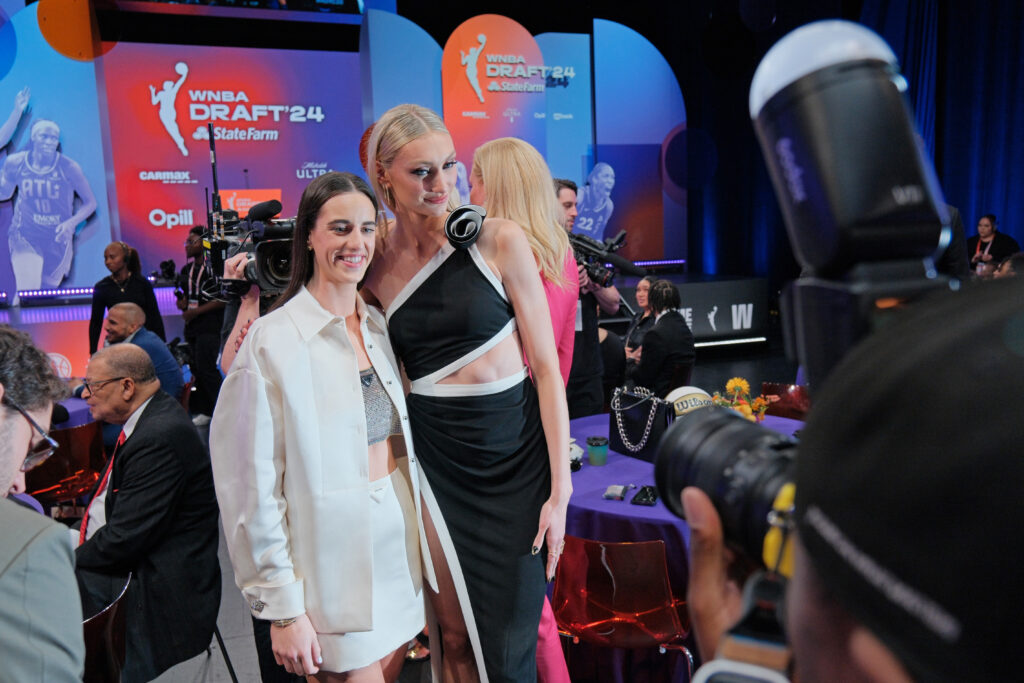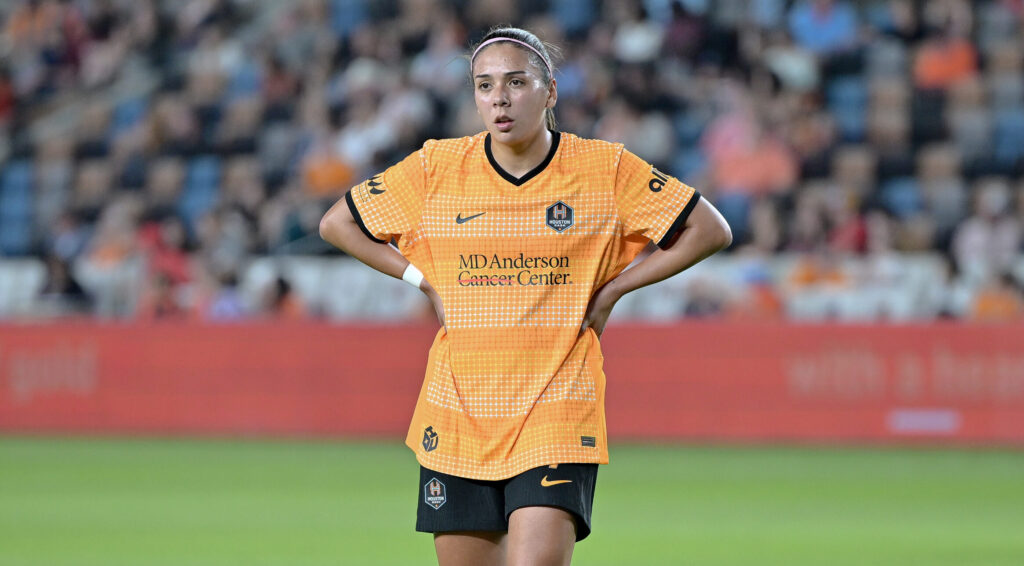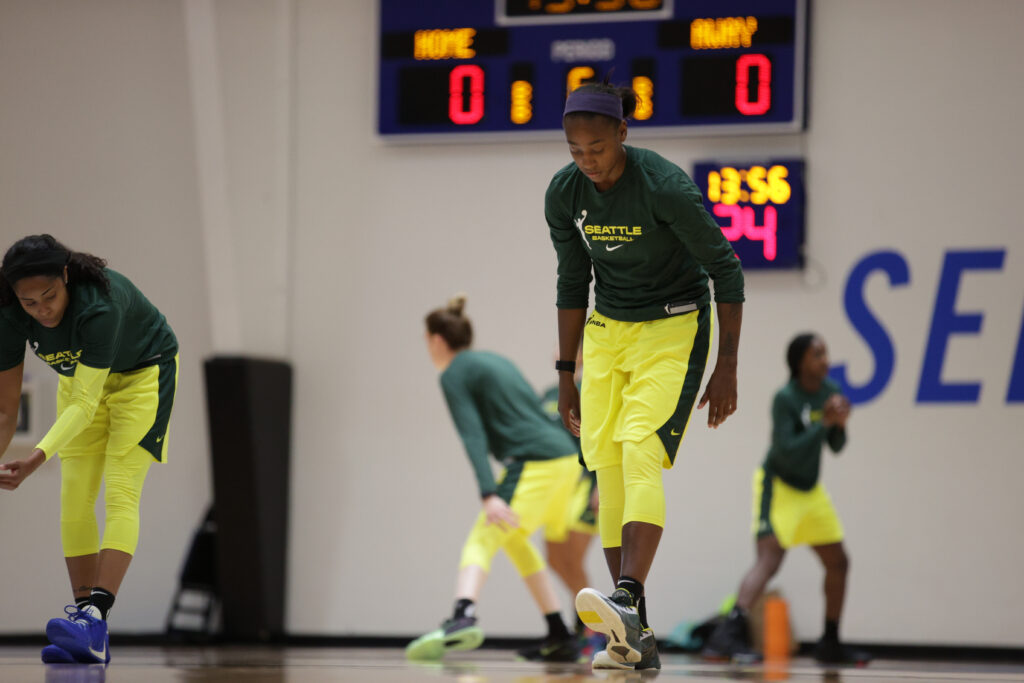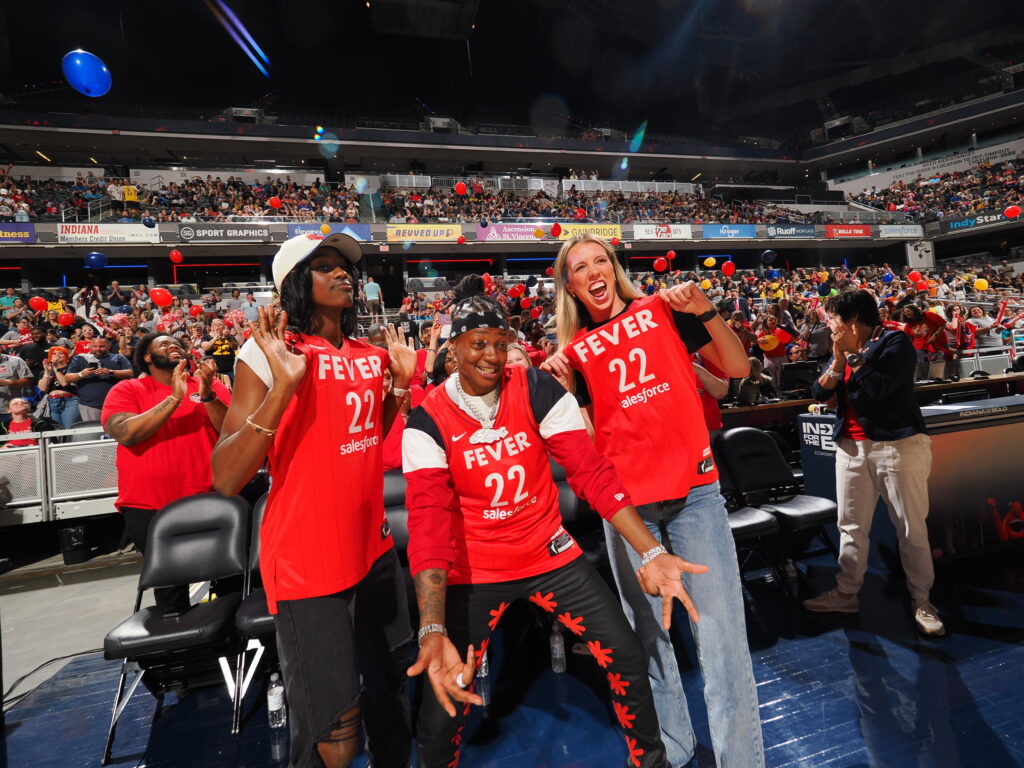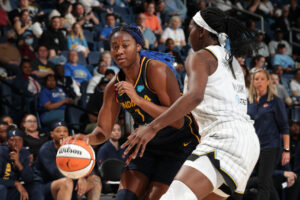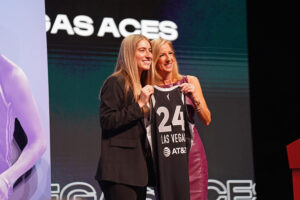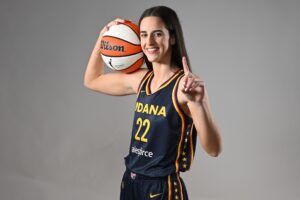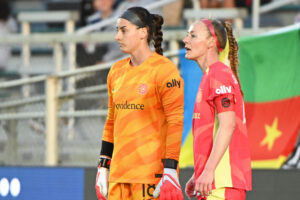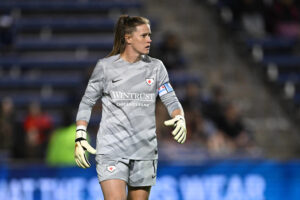FIFA continues to play hardball with broadcasters, threatening blackouts in European markets if they don’t meet its demands for higher media rights fees for the 2023 Women’s World Cup.
FIFA president Gianni Infantino criticized European broadcasters Monday for not offering a “fair” price for the tournament.
“It is our moral and legal obligation not to undersell the FIFA Women’s World Cup,” Infantino said in an appearance at the World Trade Organization in Geneva. “Therefore, should the offers continue not to be fair, we will be forced not to broadcast the FIFA Women’s World Cup into the ‘Big 5’ European countries.”
That includes England, Germany, France, Spain and Italy — all of which will have teams in the tournament this summer in Australia and New Zealand. (The U.S. broadcast rights are held by Fox as part of an existing agreement with FIFA, which also covers the men’s tournament.)
Infantino called the offers for World Cup broadcast rights made so far by European broadcasters “a slap in the face” not just to players in the World Cup but also women generally.
The tournament is set to begin in less than three months, and it’s set to be the biggest Women’s World Cup to date. For the first time, the tournament has expanded to 32 teams and will be giving out a record $150 million in prize money.
This is not the first time Infantino has criticized media companies for not paying up for a product that he said has proved to be increasingly popular as viewership figures increase. Last year, both Infantino and FIFA rejected initial offers for TV rights, dismissing them as too low.
Noting that broadcasters “pay $100-200 million for the men’s FIFA World Cup,” Infantino said that for the women’s tournament, offers usually come in between $1 million and $10 million.
According to Infantino, “100% of any rights fees” will go straight back into the women’s game “in our move to promote actions towards equal conditions and pay.”
“This is a slap in the face of all the great FIFA Women’s World Cup players and indeed of all women worldwide,” he said.
According to the New York Times, BBC and ITV have offered one of the highest bids among European broadcasters at $11.2 million as women’s soccer has become increasingly popular in England. Italy, meanwhile, offered about $1 million.
But some are accusing FIFA of helping to create the disparity. Former Australia national team player and ex-FIFA executive Moya Dodd said that the reason the numbers are so low is due to FIFA previously selling the rights to the men’s and women’s World Cups as a bundle, as is still the case in the United States.
In those bundled deals, FIFA attributed all the money to the men’s tournament, which has led broadcasters to overvalue the rights to the men’s tournament and undervalue the women’s.
“Now that FIFA has decided to sell the rights separately, it’s no surprise that the buyers don’t want to pay the same big numbers twice,” Dodd said.
“Effectively, the industry was trained to pay big money for the men’s World Cup and to treat the women’s equivalent as worthless. At the same time, the women were told they didn’t deserve prize money or equal pay because they didn’t bring the revenues. It’s actually quite outrageous. For FIFA to now say that all women’s revenues will go straight into women’s football overlooks the fact that the value of the women’s rights have until now been used to inflate the value of men’s football.”
She says that she would rather see FIFA review all of its bundled deals and funnel some of that money back into the women’s game.
“If in fact the Women’s World Cup gets 50-60% of the viewers of the men’s, as FIFA says, that should amount to a sum in the billions,” she said.
The threat of not broadcasting the tournament in key European markets could do more harm than good, said Rebecca Sowden, a former New Zealand national team player.
“Not broadcasting the games in key European markets would be short-sighted and a massive blow to the wider women’s football ecosystem with fans and sponsors being the biggest losers,” Sowden said. “Instead, FIFA should be working to better educate and demonstrate the value of women’s football, each and every year – as we see in the USA around women’s basketball and other sports – rather than popping out of the woodwork every four years when it’s time for media negotiations.”
